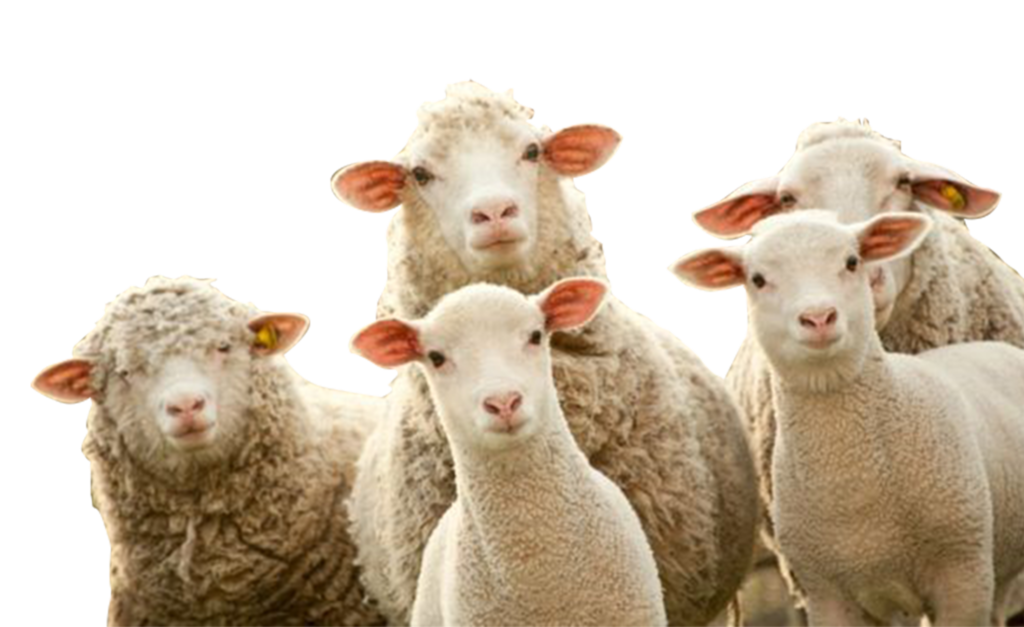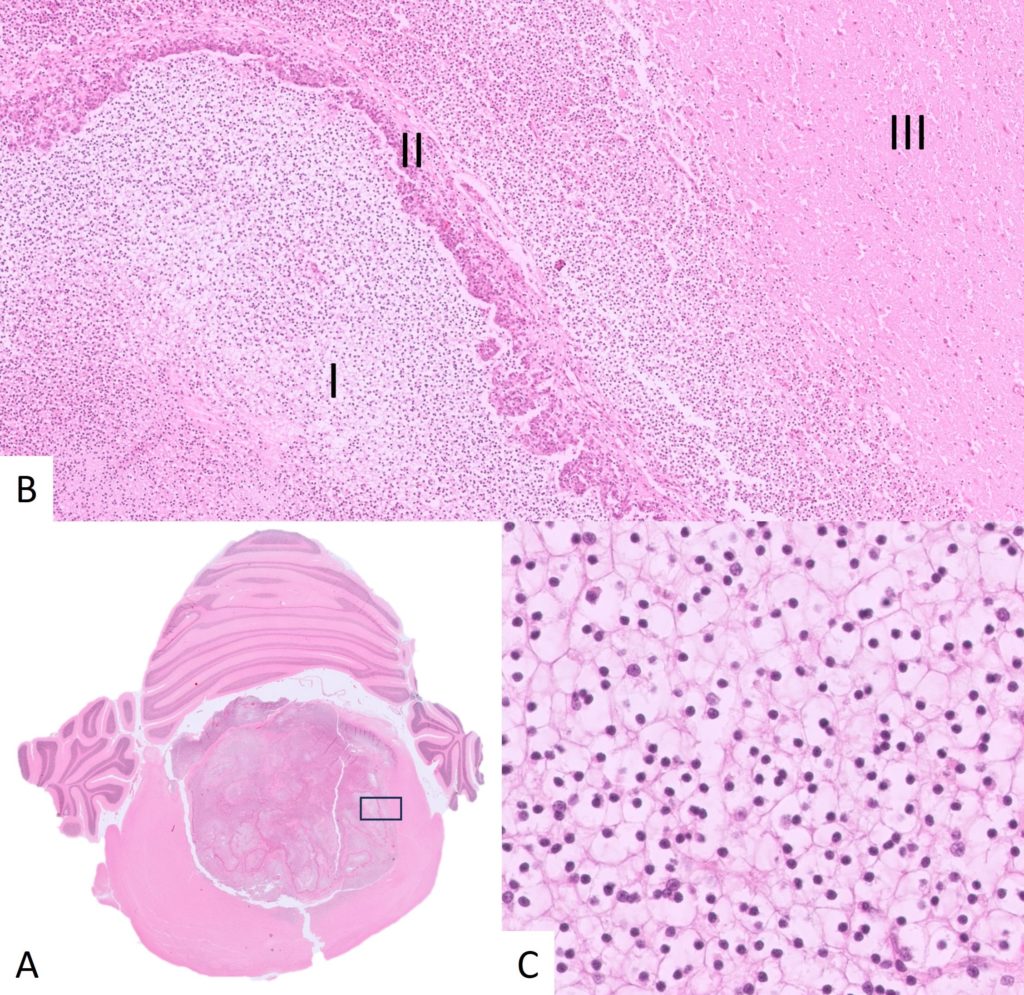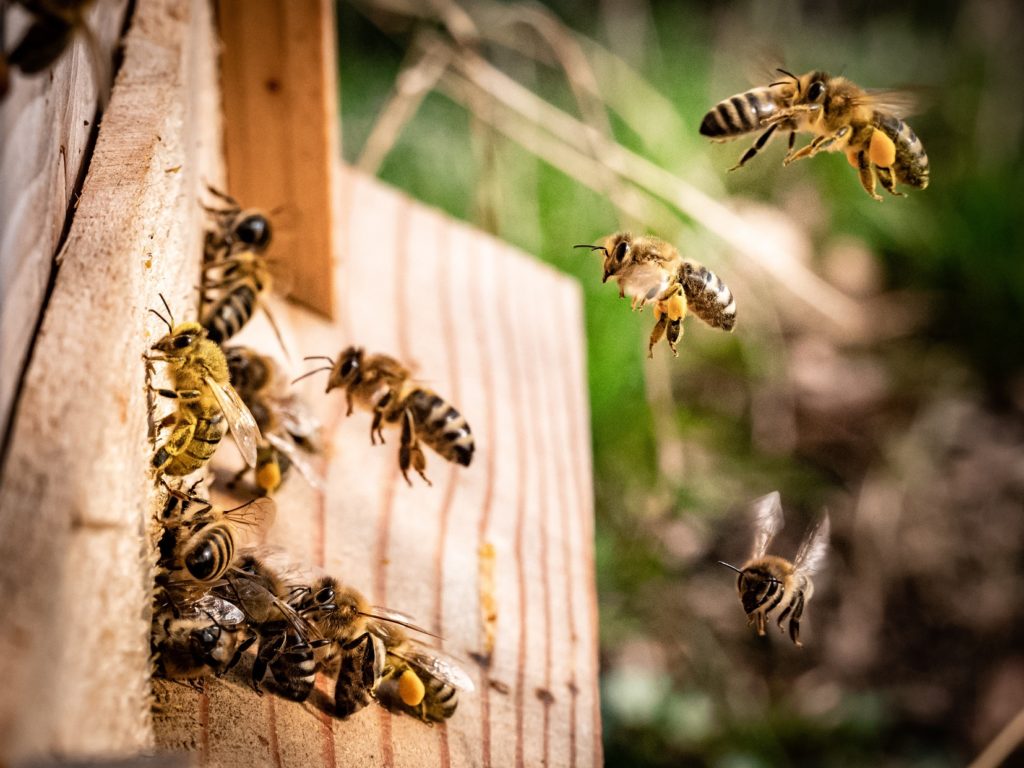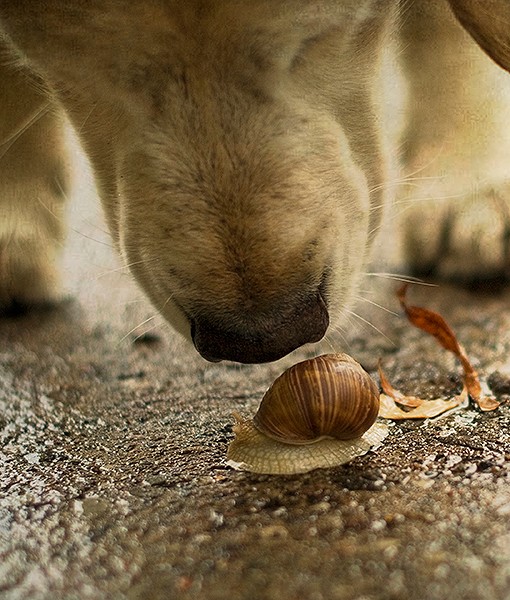Splenic masses in dogs – differentials & diagnostic tips
Bernie Vaatstra Many vets will be able to recount removing astonishingly large splenic masses from dogs. Splenectomy may occur in the context of an emergency – after splenic bleed or torsion, for example – or after detection of an incidental mass on palpation. Since it is difficult to determine malignant potential based on gross appearance […]










